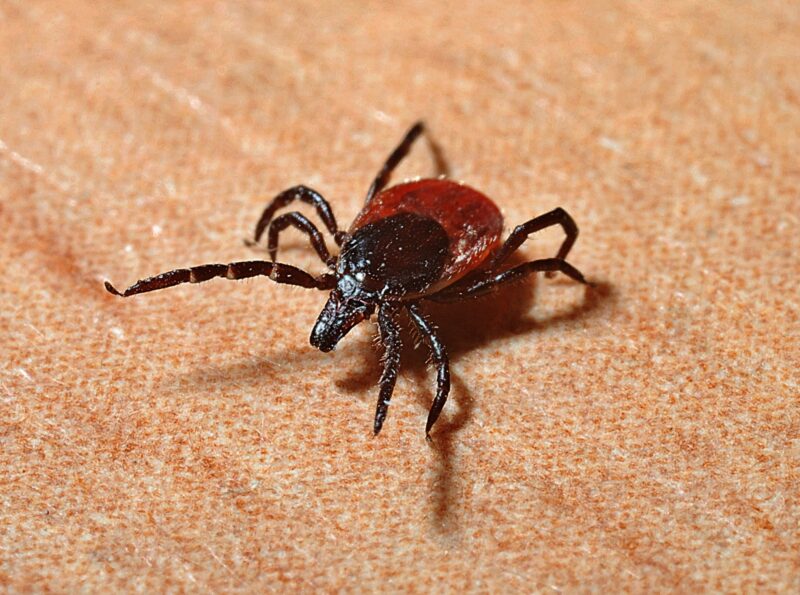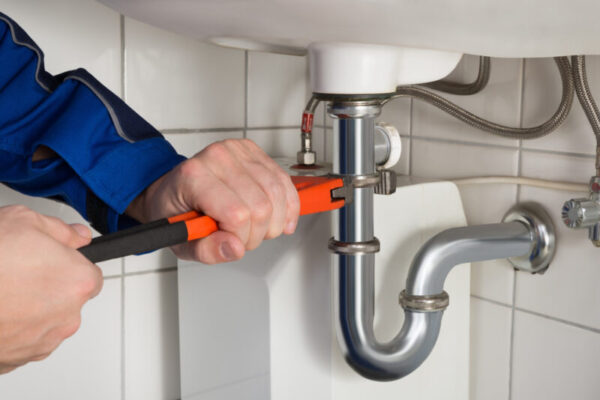Have that stain on your kitchen tiles that won’t scrub off?
The kitchen is one of the most important parts of your home. However, it’s an area with high traffic with plenty of dirt and grimes. Ignoring your kitchen may overwhelm your tools, floor, and walls with fast dirt build-up.
With the possibility of health risks, you need to learn how to clean kitchen tiles. Maintaining the kitchen needs your everyday attention and the right tools for cleaning.
In this guide, we’ll be discussing the most effective ways to maintain the cleanliness of your kitchen. Read on and learn the different ways you can clean your kitchen floor.
Sweep Daily
Leaving the dust and litter found in your kitchen may lead to severe health issues and trigger allergies. If you love to cook on most days, it’s best to sweep daily to prevent the accumulation of dust. If you don’t sweep before cleaning, it may be difficult to clean the stains off your floor in the future.
Mop the Tough Stains
Most of the stains that you find on your kitchen floor are likely from food stains that may combine with dirt. You can address these stains by moping your floor every week. Use cleaning agents to get rid of stains and maintain the cleanliness of your kitchen floor.
Use Home Remedies
Many types of stains, like grout, may not remove after mopping or sweeping. You may need specialized cleaning products and consistent cleaning to remove them completely. However, if you have a low budget and need a quick cleaning solution, consider using these home remedies:
White Vinegar
White vinegar is great for cooking, but it also acts as an effective natural cleaning solution. Using white vinegar cleanses any grease on your tiles and acts as a disinfectant. If your kitchen emits a bad smell, white vinegar is also your solution to remove odors.
Aside from grout, smoke stains on your floor and walls are also difficult to remove. Using white vinegar is effective in removing them. Applying vinegar directly will remove the smoke stains and keep them maintained.
Baking Soda Cleaners
Baking soda is a great home remedy effective for removing grease and other stubborn stains. You can use it by sprinkling the baking soda on the kitchen floor or walls. Then, you can start scrubbing the greasy tiles with a cloth or sponge.
Mixing baking soda with warm water is another home remedy that can remove grout. When creating the mixture, make sure to get a thick and paste-like texture.
Applying this paste-like substance will go through the deep parts of the grout. Don’t forget to remove the mixture after 30 minutes with warm water or soap.
Vegetable Oil and Salt Cleaners
Start by applying the vegetable oil to a cloth or paper towel to clean oil stains. Alongside the vegetable oil, the salt will make it easier for you to remove the grease.
While normal salt can help remove stains, using Epsom can do more for your kitchen tiles. It disinfects the affected area and roots out the grout on your walls and floor.
If you plan to use Epsom salt, mix equal parts of liquid detergent and Epsom salt. Place it in a spray bottle and spray it onto the stains. Let it sit overnight before rinsing it with water using a sponge.
Use Borax for Floor Cleaner
Borax is a natural mineral that you normally find on the soil. It has the same consistency and properties as baking soda. When using Borax, you also need to create a thick, paste-like texture when mixed with water.
You can mix borax with vinegar or lemon juice to have a deodorizing effect. Let the mixture sit overnight before giving it a rinse to remove your grout problem.
However, unlike baking soda, you need to keep Borax away from the children. Borax can irritate your body when exposed through skin, eyes, ingestion, and inhalation. You may experience vomiting, skin rash, nausea, and so on.
Steam Mopping
If simple moping is not effective, consider deep cleaning with steam. Using tile floor steam cleaning can root out any dirt, mites, and bacteria on your kitchen floor. Using a steam cleaner for tile floors is much more sanitary than the usual mop cleaning.
We encourage steam mopping at least twice a month. If your kitchen has higher activity than normal, consider steam mopping every week for the best results.
Use Grout Sealers
Once you’ve cleaned your kitchen floors and tiles, you need to prevent grout from coming back. Use grout sealers to seal in dirt and grimes from coming back. Depending on the types of your tiles, you can use penetrating sealers or membrane-forming sealers.
Penetrating sealers uses water or mineral base to penetrate grout structures. This is the best use for areas that are damp, like the areas near the sink and fridge. You can also use penetrating sealers for your bathroom, especially for the areas around your toilet and shower.
On the other hand, membrane-forming sealers act as a coating to resist water penetration. This is best used for your sink to prevent mildew and molds.
Whiten Your Tiles with Hydrogen Peroxide
Want to make your kitchen tile shine even more? Consider whitening your tiles with hydrogen peroxide. This is a chemical that acts as a powerful oxidizer, removing bacteria and viruses.
Using hydrogen peroxide also removes bad odors caused by bacteria. As a result, you have a kitchen floor emitting a deodorizing smell.
Create a cleaning mixture with 3% hydrogen peroxide and one part water. Apply the solution generously around the areas with discoloration and severe molding.
Let the solution sit for at least an hour or leave it overnight before rinsing. Wipe the areas clean using a cloth, towel, or microfibre cloth.
Learn How to Clean Kitchen Tiles Today!
Cleaning your kitchen is never simple. During this pandemic, it’s best to keep your kitchen and home clean from bacteria, stains, molds, and so on. Maintaining the cleanliness of your kitchen will also motivate you to cook more.
Now that you know how to clean kitchen tiles, how about the rest of your kitchen? Check out our other articles and learn more about cleaning your home today!






